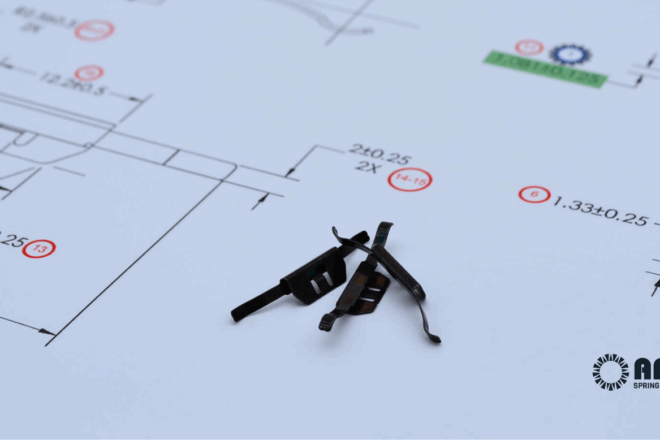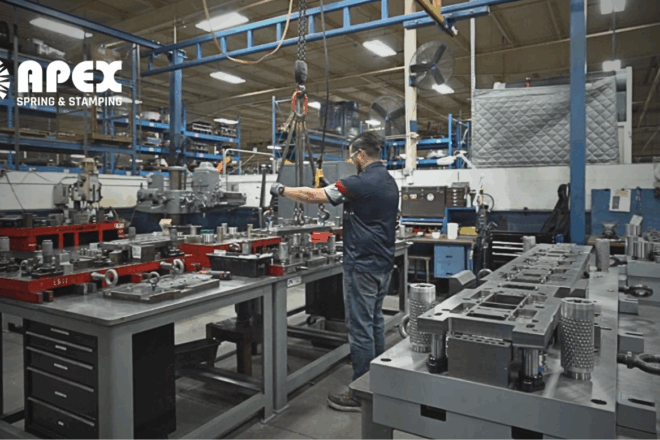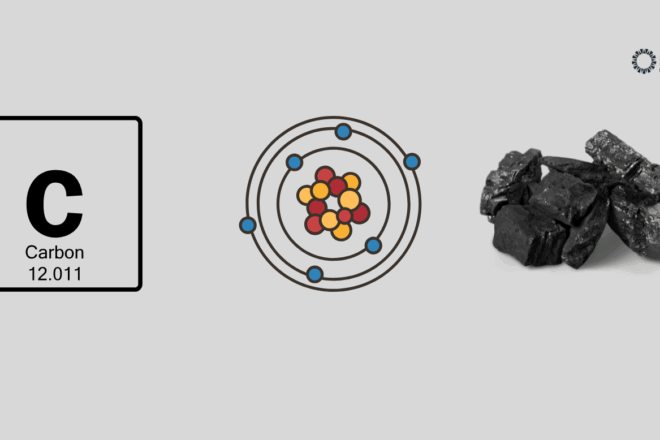There are many factors to be considered and crucial decisions to be made early on in the development of a spring. Sometimes several of these factors can be overlooked, but at Apex, we’ve learned to prepare, anticipate, plan, and execute well.
For example, getting a torsion, compression, double torsion, and/or flat spring to work relies on multiple key features such as:
- Spring rate (K Factor)
- Minimizing or optimizing space
- Reducing the material in part for weight
- Reduce the material for cost.
In addition to these important factors, sometimes an overlooked question is: “how do we get the parts to the assembly line in a box of 1,000; 5,000, or even more?”
That’s a great question!
First, to arrive at an answer, we need to ask some additional clarifying questions:
- Is the part being put into automation? (Bowl Feeding)
- Is the part being assembled by hand? (Pick and Place)
Many springs will tangle on their own. For example, we have seen a project with a 23% fallout on the line. The fallout is springs thrown out because of tangling. That’s a lot of loss! And that example is not unique, many face the same challenge. But, it can be difficult to develop a cost-effective option to improve the issue. Luckily, at Apex, we have several methods to address this problem! It must start at the beginning, and be planned and prepared for. Let’s dig into how we overcome this challenge.
Compression Springs
Because of the open pitch on compression springs, they are especially susceptible to tangling. Therefore, special processing is the only way to reduce the tangle. Here are suggestions to minimize this issue.
What to do:
- Design extra coils on ends and dead coils in the middle of the coil body
- Reduce handling: Pre-coated music wire or Stainless Steel.
- Pack the springs in layers and reduce the number of parts per layer
- Use tac Board to hold the parts in place when packing
- Consider cell packing
- Cell Pack on Reel to Reel
Torsion Springs (Single / Double)
Design plays a vital role in avoiding tangling with torsion springs. With current CAD programs, the shapes of torsion springs have become more complex. This includes hooks and multi-functional springs (Compression / Torsion). Even so, it’s important to try to make the springs as simple as possible to avoid tangling. As an added bonus, reducing the number of bends will also speed up production and reduce costs.
What to do:
- Use pre-coated wire.
- Reduce the pitch in the coil body. It must be less than the wire size.
- Straight legs tangle less; so get rid of hooks whenever possible. Concentrate on the mating parts.
- Reduce the length of the staple on Double Torsion Springs.
- Layer Pack when possible.
Wire Forms / Flat Springs
Wire-forming and flat springs do fit into the spring category. But, they require extensive post-processing that can lead to additional tangling issues.
The spring steel material needs to be heat treated in a heat treat line, and post-processing can be a different animal to avoid issues.
We have often been caught off guard and only saw the tangling that can happen on the belt and during the tumbling and other post-processing. Try these things to be proactive and avoid tangling.
What to do:
- Consult the design team to reduce assembly time and tangling from the start.
- Consider a pre-tempered material. (Martinsite, Stainless Steel, Blue Temper)
- Consider a non-tumbling finish process to reduce tangling
- Consider changing any nesting or hooks they can stick or hook together
- Consider Pre-coated material to avoid post process tumbling is your best bet.
Untangled Truth: How Can Apex Help?
Because tangling can often be an afterthought, it’s important to create a habit to consider throughout the development and costing process. You can always pass the burden on to the manufacturer department, but this will drive up manufacturing costs and ultimately reduce production. Special packaging is always an option, but drives the price up, sometimes significantly. The only way to control this situation is to plan for it in design.
With our experience we can assist with design and guide you through the process to give you the best options for manufacturing, materials, and processes. We have looked at millions of parts just like yours. Let us help you get, untangled!
| Contact Us | Request A Quote |




